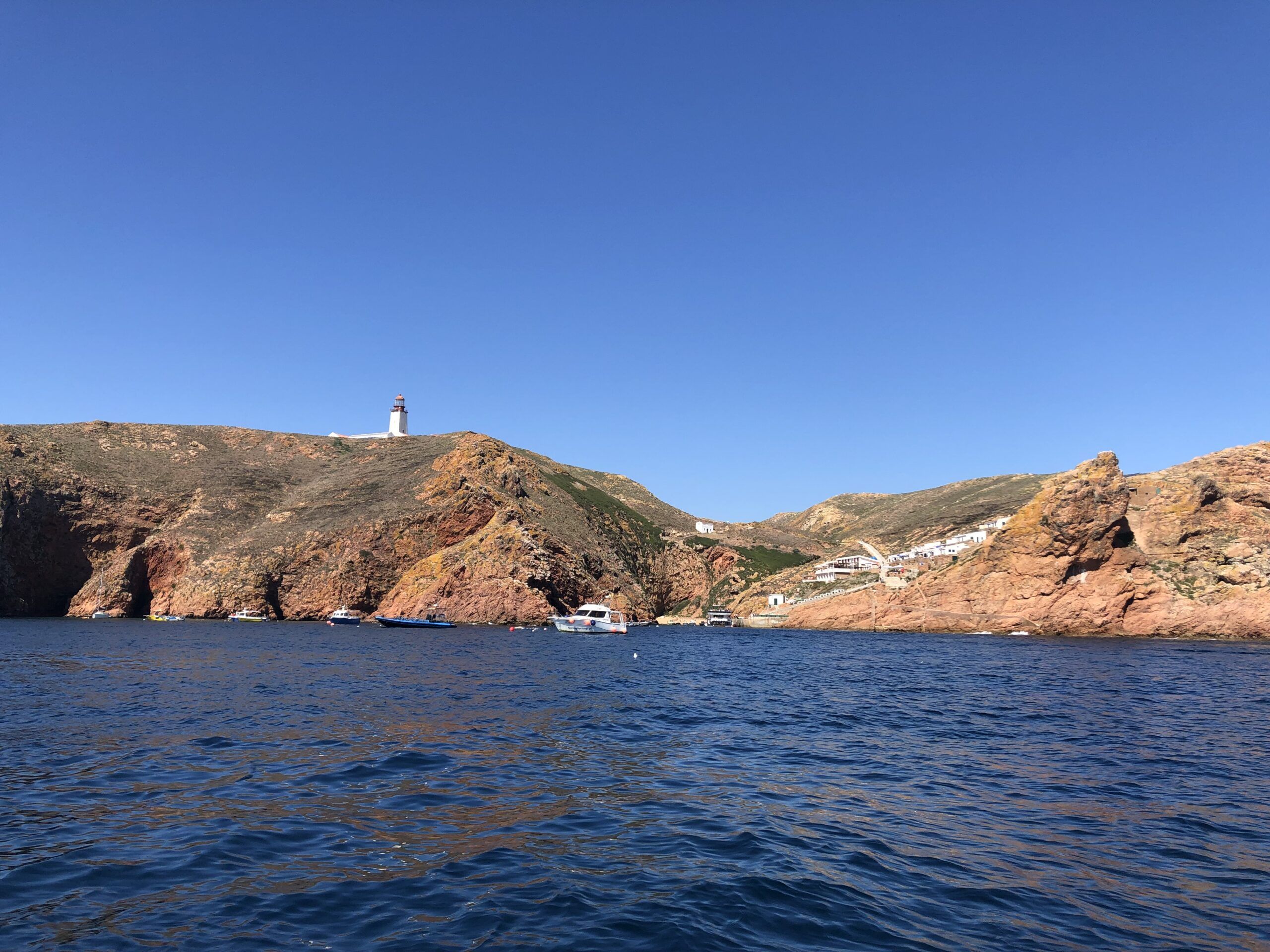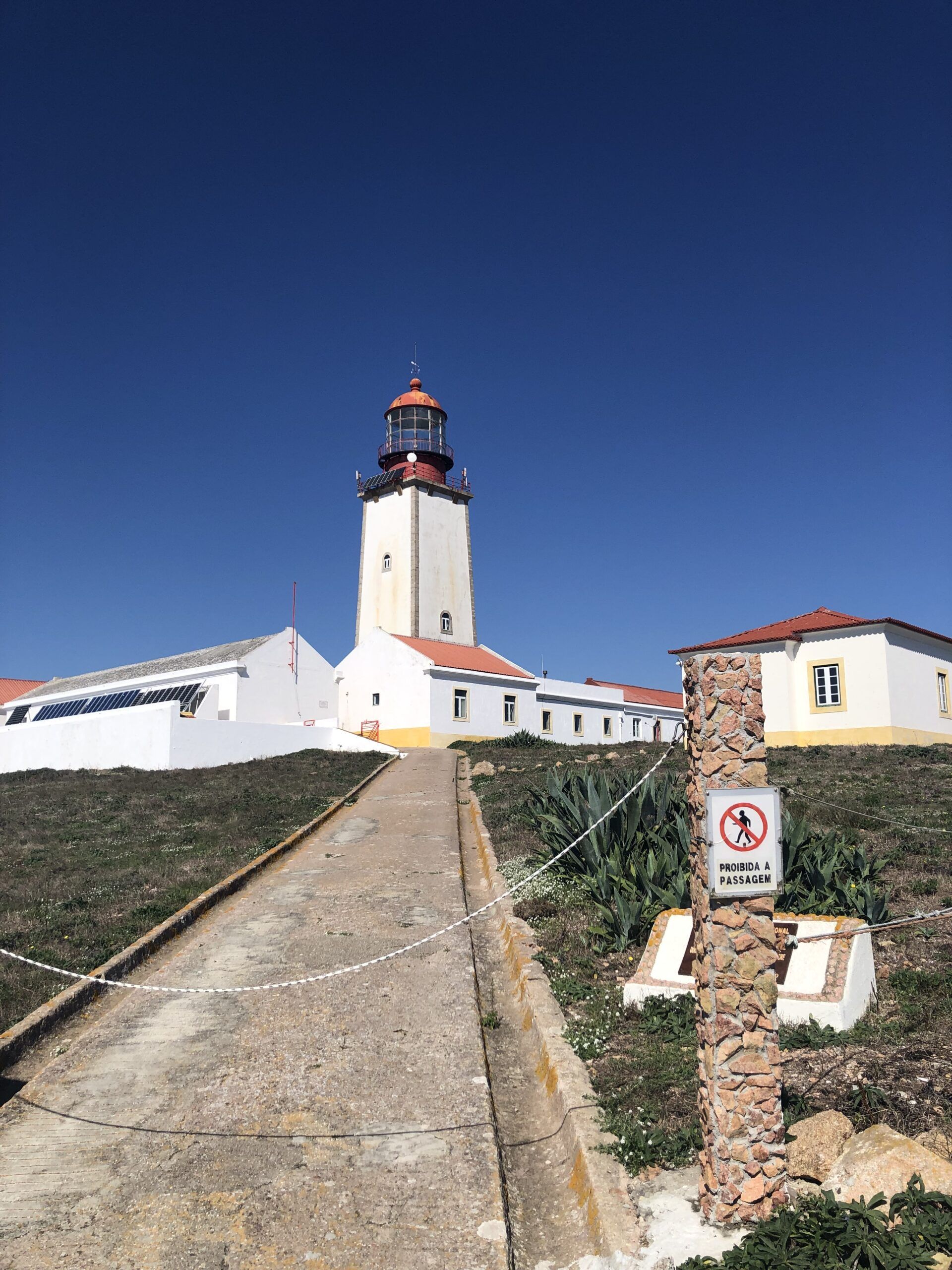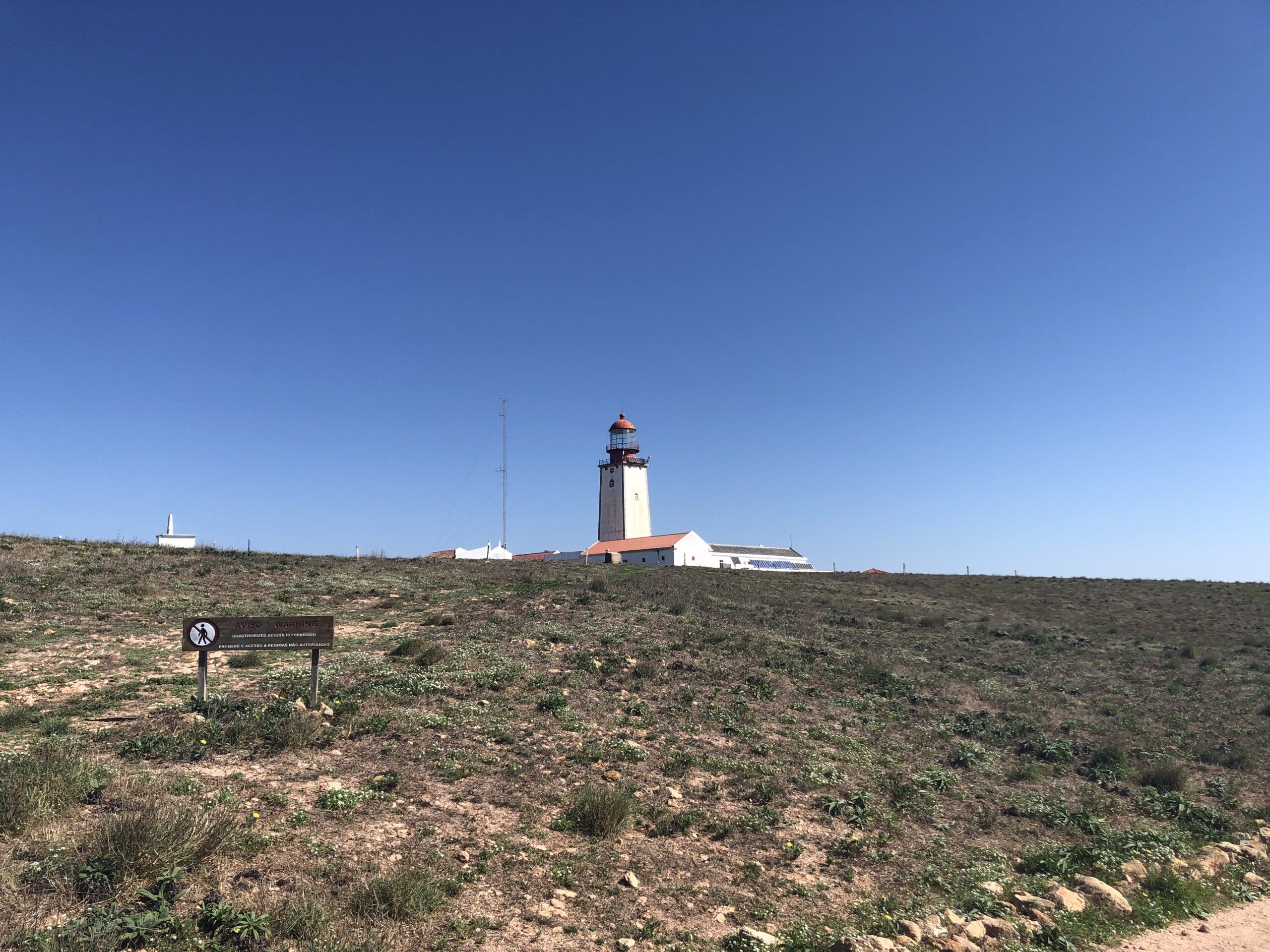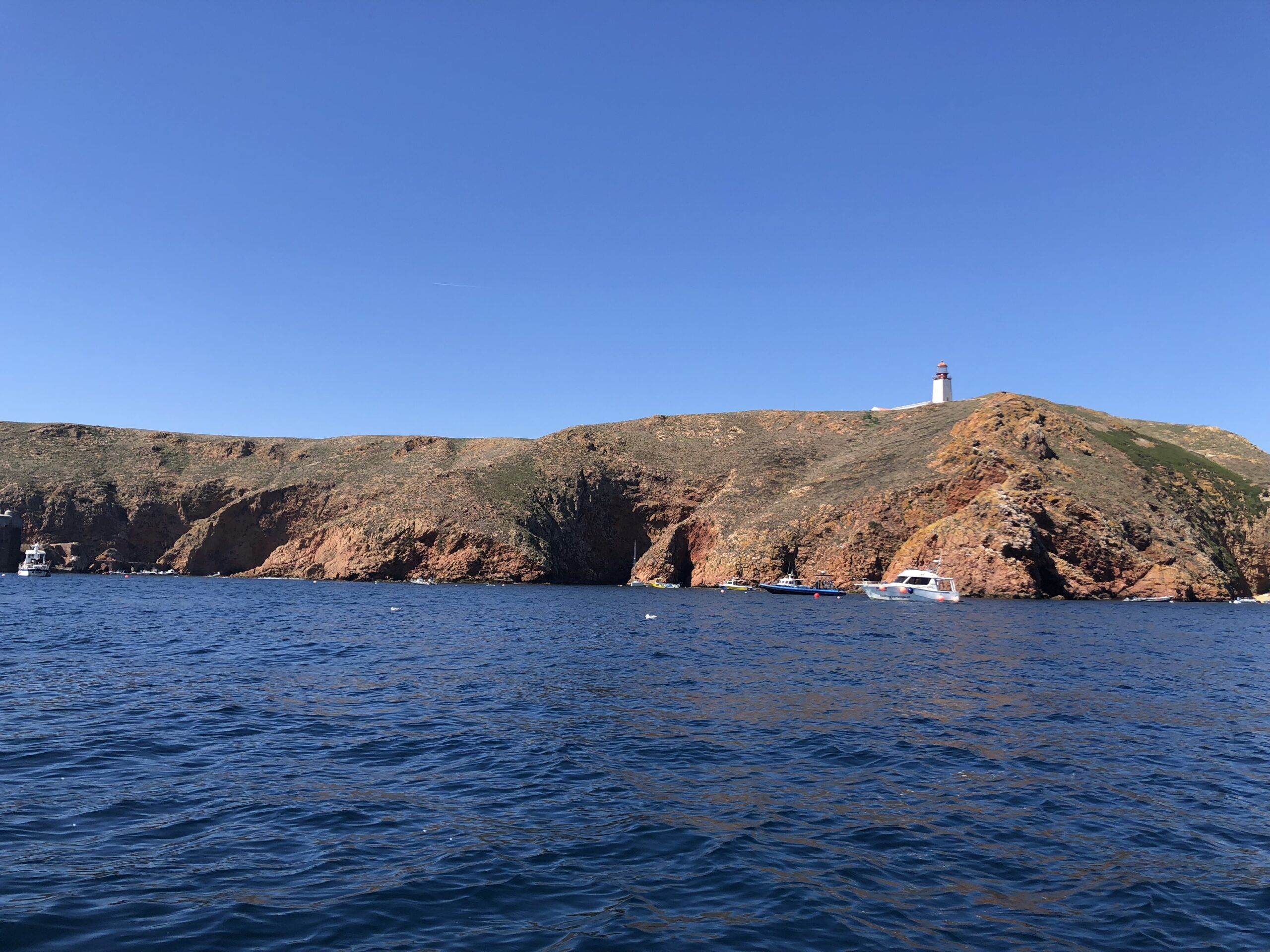Berlenga Lighthouse (Portugal)
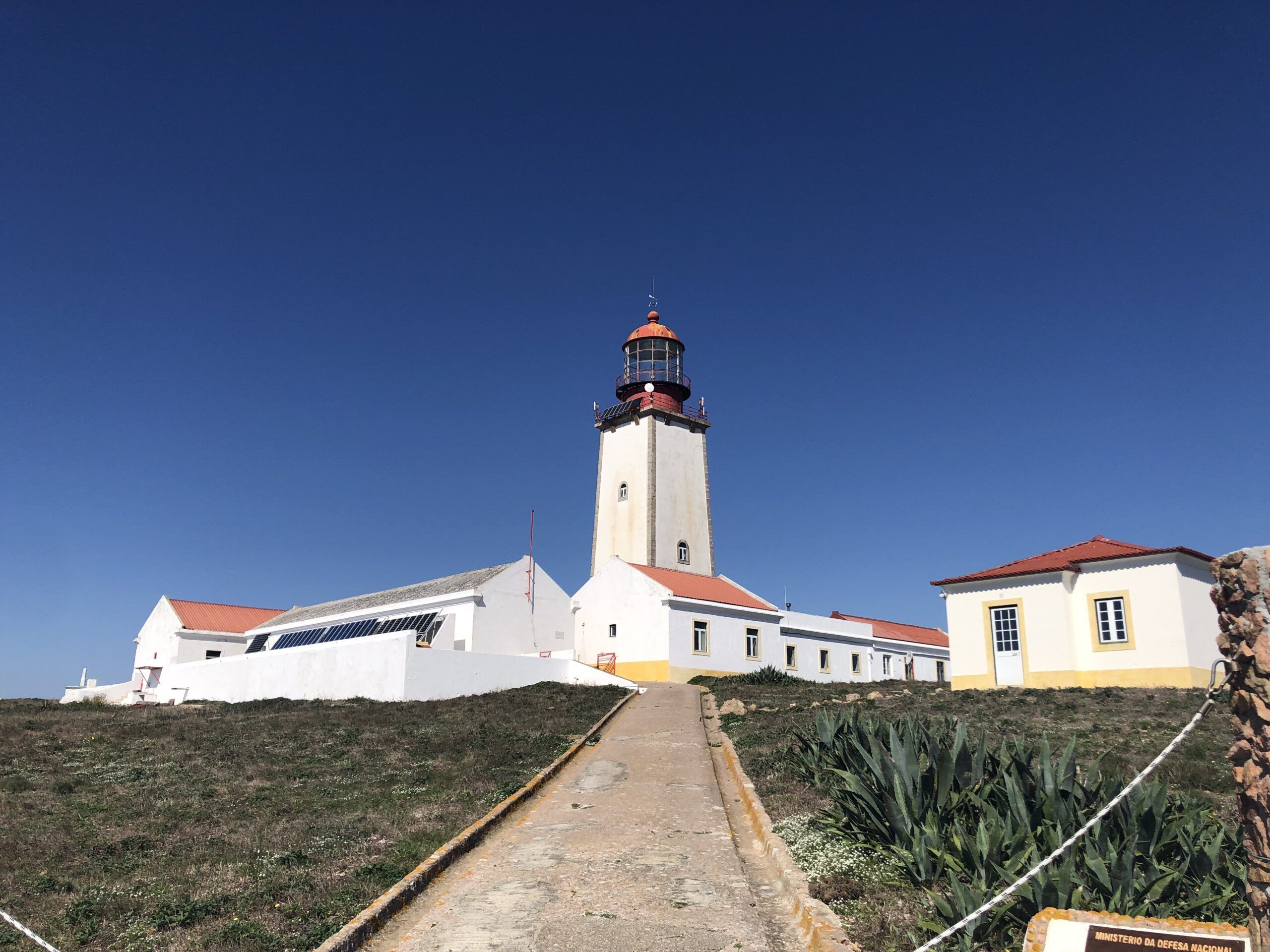
|
Position: |
|
Height of Tower: |
29 metres |
|
Altitude: |
121 metres |
|
Character: |
Fl W 10s |
|
Range: |
20 nautical miles |
The Berlenga Lighthouse
When leaving the port of Peniche for the sea, it is Berlenga Grande island that dominates the landscape – and more precisely the lighthouse located there, known as farol da Berlenga, farol da ilha da Berlenga or farol Duque de Bragança. From the earliest ideas about illuminating the coast of Continental Portugal, the construction of a lighthouse on Berlenga was inevitable.
The Berlenga Lighthouse, located at the highest point of Berlenga Grande, at the geographical position of latitude 39º24.99′ and longitude 09º30.47′, was part of the first set of lighthouses to be built as it was in a place of great relevance for navigation crossing the coastal zone of Continental Portugal. It was included in the first lighting plan of 1758, determined by a warrant from the Marquis of Pombal.
However, allegedly due to a lack of funds for its construction with public money – because initially the construction of some was financed by private individuals – this lighthouse would take its time to be fully functional. In 1836, by order of the Ministry of Finance, the construction of the lighthouse was again determined under the direction of the renowned engineer Gaudêncio Fontana. Then, in 1839 the construction would start and by 1841 the structure was completed: finally, in 1842 the Berlenga Lighthouse would light up.
The prismatic tower of the lighthouse structure rises to a height of 29 meters from the ground. The initial equipment of the tower consisted of a catoptric apparatus, composed of sixteen Argand lamps, operating on oil and with parabolic reflectors, emitting white light, with eclipses every 3 minutes and flashes of 10 seconds. The rotation of the light was ensured by a clockwork mechanism. Like the other Portuguese lighthouses, the one at Berlengas was adapted according to advances in science and technology applied to these equipments.
In 1897, one of the two hyper-radiant Fresnel lenses existing in Portugal was installed there, with the other being installed at the São Vicente cape lighthouse. These lenses are now on display at the Museum Center of the Lighthouse Directorate, at its headquarters in Paço de Arcos.
The lighthouse was electrified through generating motors in 1926, with the light source becoming a lamp, whose luminous intensity was around 27,000,000 decimal candles, ensuring a luminous range of 36 miles (about 66 km). Its automation occurred in 1985, with the lighthouse as well as the lighthouse keepers’ residences operating on electric power from the year 2000. Following, once again, the paths of science, in 2009 the lighthouse was adapted again, now operating with two LED optics.
Farol da Berlenga
History and Geography of Berlengas
The Berlengas are, in fact, a small archipelago composed of a group of islands and rocks: Berlenga Grande, Estelas, and Farilhões. The island where the lighthouse is located is about 5.7 nautical miles (about 15 km) from Cape Carvoeiro and the city of Peniche, and it is a territory that can only be accessed by sea or air (helicopter).
The Berlengas have been inhabited by humans since around 1000 BC, being a well-known location for Phoenician and Roman navigators who practiced the maritime route from the Mediterranean to northern Europe and vice versa. There are traces of their occupation by these peoples – in addition to the Lusitanians – who understood that the desired conditions for staying were present there. Amphorae found on Berlenga prove that the Romans did indeed live on these islands around the I century to the 10th century, and monks and fishermen also lived there.
The construction of the São Batista fort is evidence that these islands were subject to frequent attacks by European and African invaders and pirates, which led to the end of religious activity, requiring a fortified defense structure.
The islands are generally places that stimulate the imagination of mainlanders. Therefore, for various reasons, some people settle in these places to live for longer or shorter periods. In the case of Berlengas, the imagination about what might have happened there was the subject of a satirical film by Artur Semedo, filmed in 1978, titled “The King of Berlengas”.
From a natural perspective, the Berlengas have a very rich ecosystem in birdlife and also in endemic flora. This led the authorities to undertake measures to preserve the environment of the islands, both at sea and on land. Records mention measures of protection being decreed in this place in 1465, by King Afonso V. This monarch prohibited any actions against nature. As one can see, this concern arose very early…
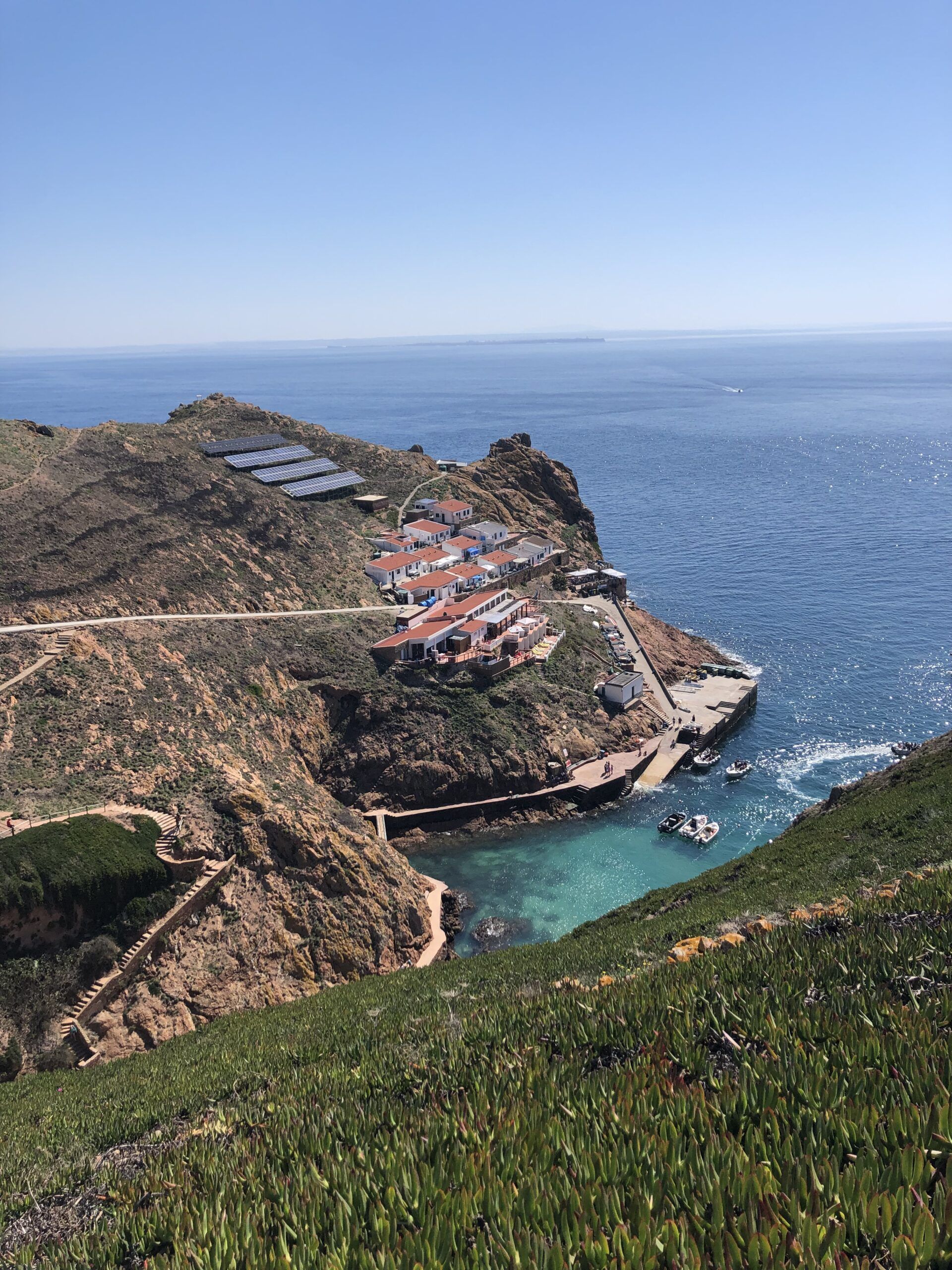



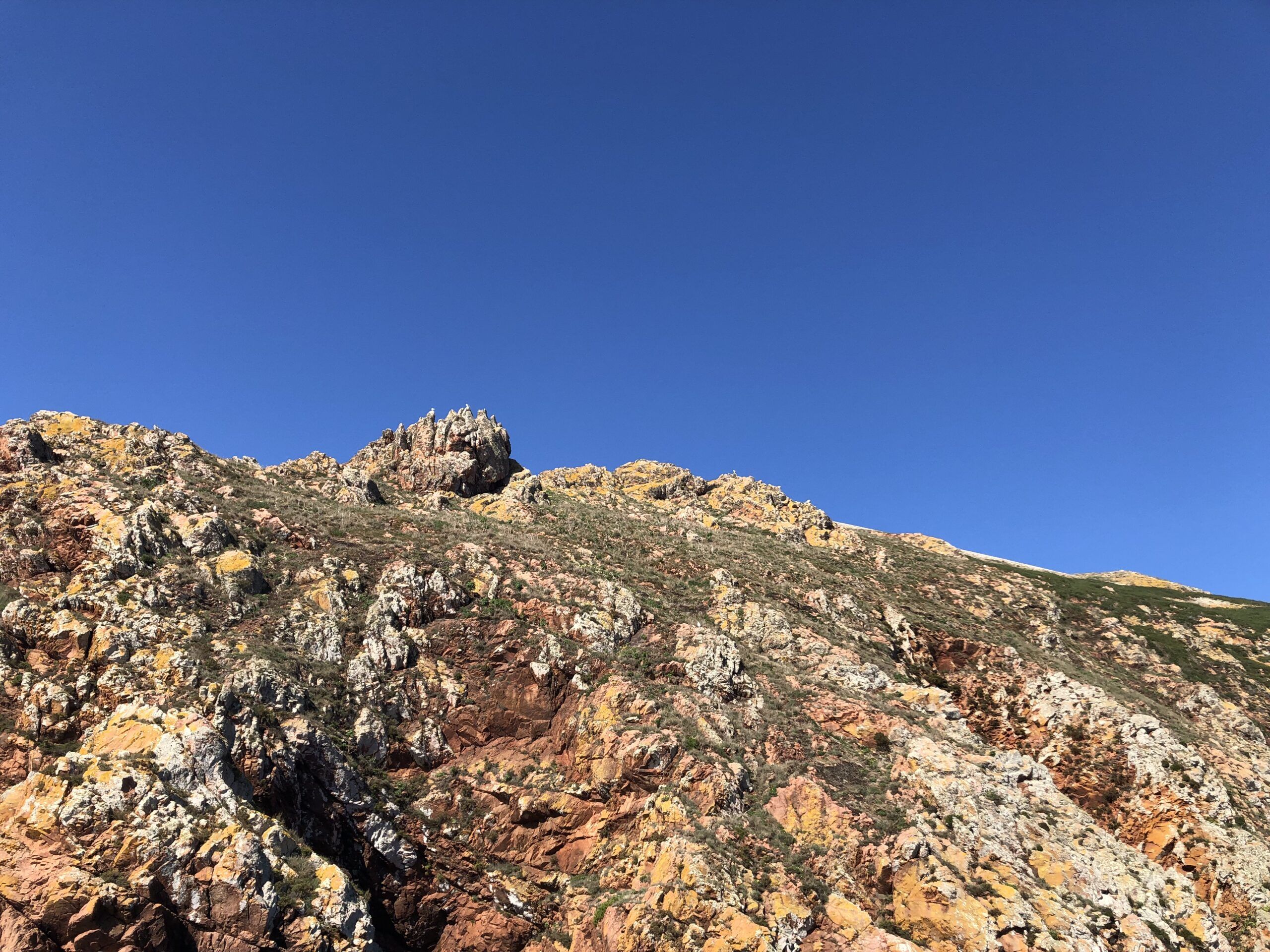

The Berlengas have been a natural reserve since 1981, comprising a terrestrial part and a maritime part. If the views from the top of Berlenga take one’s breath away, the views from the immersed part are no less, with a unique biodiversity. A much sought-after location for diving, various species of underwater fauna and flora can be found there, delighting visitors. The rich marine life there delights experienced divers, as well as amateurs who practice snorkeling. Around seventy species of fish (mackerel, horse mackerel, sardine, among others) and other marine species such as octopus, starfish, or anemones have been identified.
On land, there are about 2 km of trails where one can contemplate the species that reproduce there, with particular interest in the seagulls and shearwaters. For those who have the privilege of staying overnight in Berlenga, the cries of young shearwaters during the night remind one that we are in a wild territory.
In 1999, the Special Protection Zone of the Berlengas Islands was also created, with an area of 9,560.42ha, defined by a rectangle including the Berlengas archipelago with all its islands and islets: Berlenga Grande and adjacent reefs, Estelas, and Farilhões-Forcadas, and the surrounding maritime area. Its limits are defined by: to the north by parallel 39º 30′ N.; to the south by parallel 39º 24′ N.; to the east by meridian 9º 28′ W.; to the west by meridian 9º 34′ W. Since 2011, the Berlengas have also been considered a UNESCO Biosphere Reserve, covering about 10ha underwater and 104ha on land.
Regarding visits to the island, maximum values have been established by environmental authorities – ICNF -, which were not normally complied with due to the difficulty in controlling sea trips, especially in small boats. The proliferation of maritime tourist vessels for some years led to this issue having to be reconsidered, which recently happened with new rules for visitor access. ICNF now allows a maximum daily number of 550 visitors (Ordinance No. 355/2019, of May 22). For this purpose, the “BerlengasPass” was created, which requires registration on a computer platform and payment of an almost symbolic fee. It is a title of access to the terrestrial area of Berlenga Island, personal and non-transferable, mandatory for all visitors and users, and its non-issuance under the terms provided by law is punishable by administrative offense (Ordinance No. 30/2021, of February 10). It costs €3 per visit per person for access to the terrestrial area of Berlenga Island, with discounts provided for specific situations.
Sources
Amado, A., Gafeira, C., Teixeira, A. & Preto, A. (2007). Plano de Ordenamento da Reserva Natural das Berlengas. Instituto da Conservação da Natureza e da Biodiversidade, vol. 1, 1-253. https://www.icnf.pt/api/file/doc/849ab1cd147a0637
Autoridade Marítima Nacional. (n.d). Direção de faróis. Retrieved March 15th, 2024, from https://www.amn.pt/DF/Paginas/Farois.aspx
Berlengas. (n.d.). História das Berlengas. Retrieved March 15th, 2024, from https://www.berlengas.org/historia/
Berlengas Pass. (n.d). Berlengas. Retrieved March 15th, 2024, from https://berlengaspass.icnf.pt/faq
Decreto-Lei n.º 384-B/99, de 23 de setembro (1999). Diário da República. 1.ª Série — N.º 384.
Sistema de Informação para o Património Arquitetónico. (2011). Farol da Ilha da Berlenga / Farol Duque de Bragança. Retrieved March 15th, 2024, from http://www.monumentos.gov.pt/site/APP_PagesUser/SIPA.aspx?id=16895
